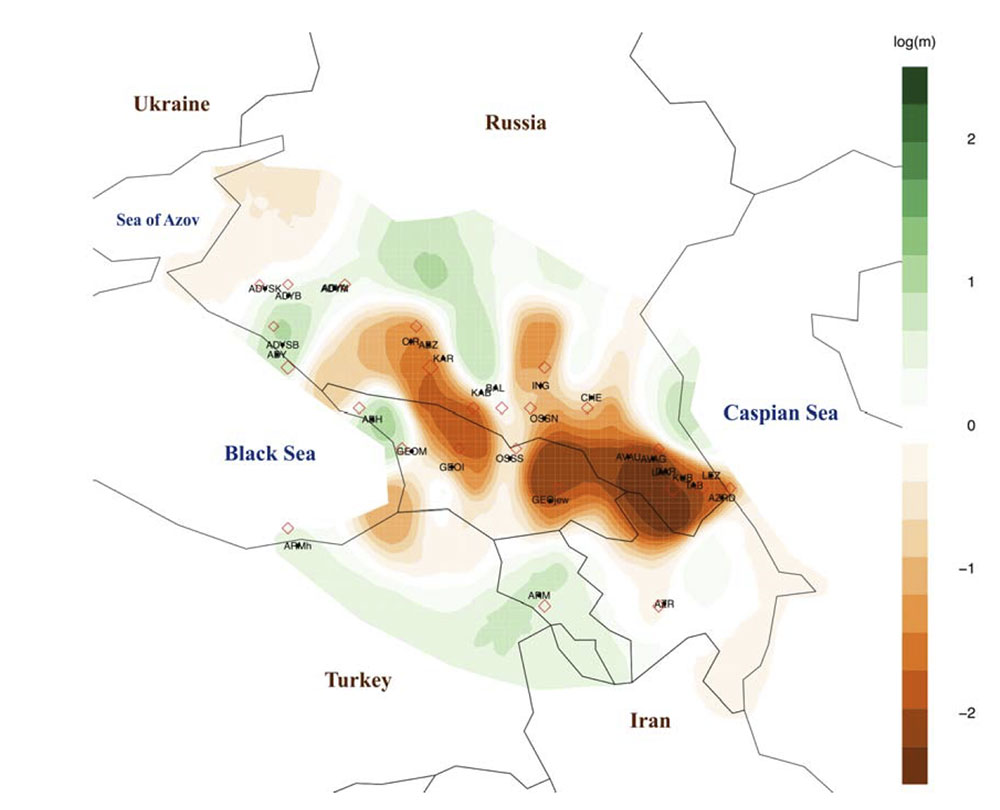halfalp
Regular Member
- Messages
- 1,499
- Reaction score
- 222
- Points
- 0
- Ethnic group
- Swiss
- Y-DNA haplogroup
- R-L2
- mtDNA haplogroup
- J1c5a
It's also quite noticable that more we have new papers on Yamnaya or prehistoric Steppe, more the CHG / Iran ancestry seems to take importance, and that's actually weird. The reason is, theres is not much difference in the time frame of the samples, but if you put random Yamnaya samples in one paper, and in another papers all samples with the highest Caucasus ancestry, you obviously gonna create a big bias in the mind of the people who read those. In this paper, some Yamnaya samples the CHG/Iran ancestry is at almost 80%, and that's sound pretty weird too. Some Corded Ware samples have almost 60% of CHG/Iran ancestry and that can only happened with a big scale migration just like EEF in the Balkans and Iberia. But it cannot happened after the Neolithic because Chalcolithic South Caucasus shows in Areni-1 the L1a individuals that were related to the ancestors of Maikop. Now we are clearly into an South Caucasus Neolithic demic migration hypothesis, were Iran farmers have replaced EHG HG's but ironically with a very local y-dna lineage.


